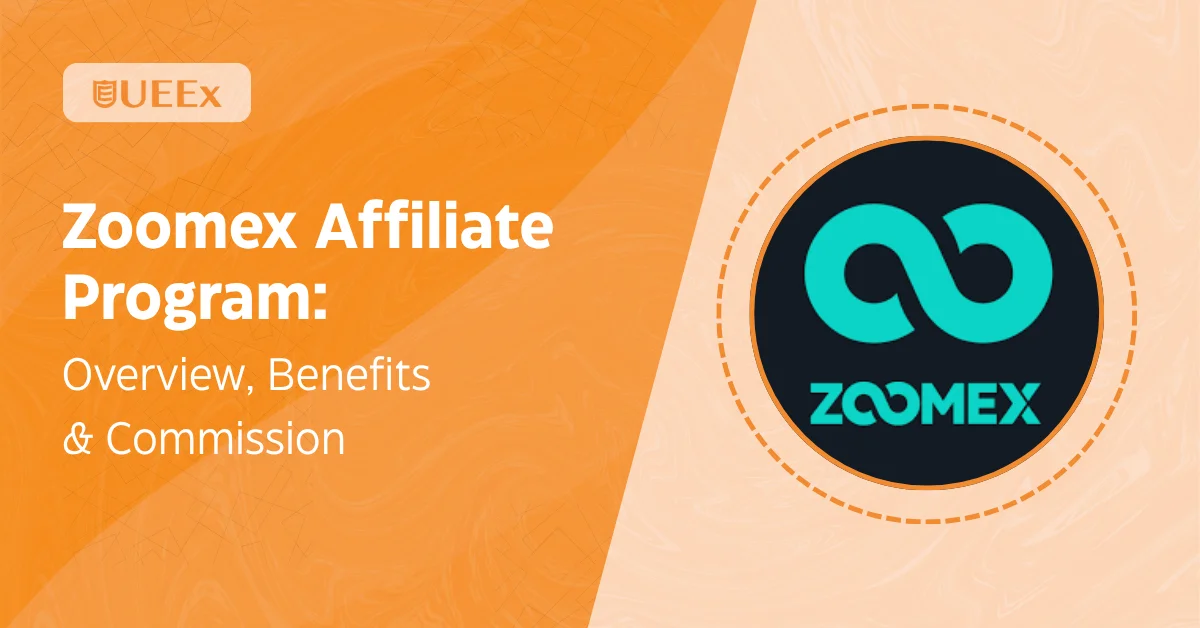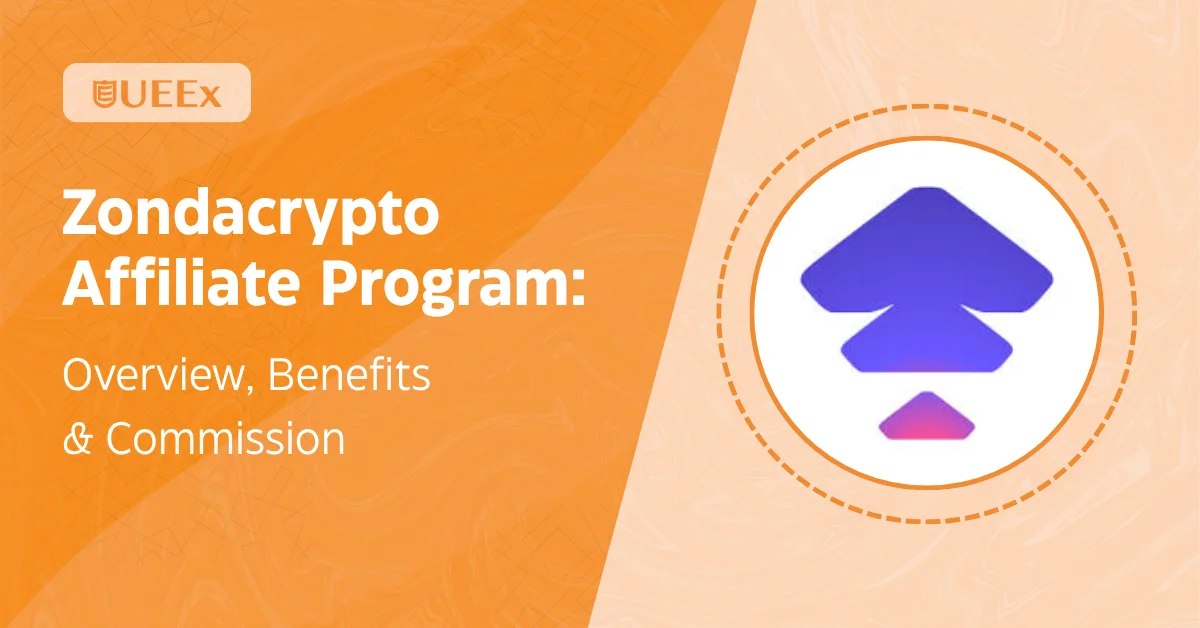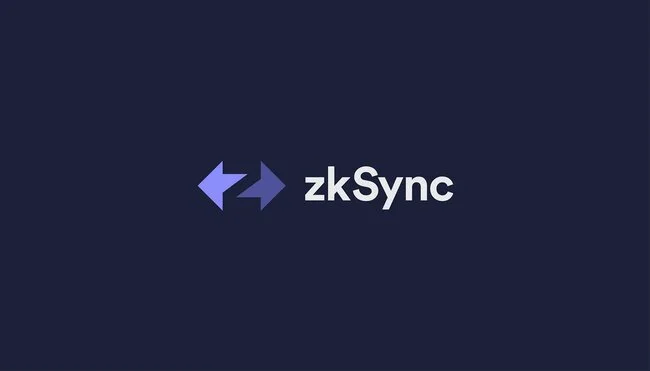Pre-market trading could be the way forward if you’re looking to maximize your profits. This trading style allows you to trade before the market officially opens, potentially securing lower prices and gaining an edge over the wider market.
This article breaks down how pre-market trading works, why it matters, and what to keep in mind before getting started. You’ll learn the basics, the potential advantages, and the risks involved.
Key Takeaways
- Pre-market trading allows investors to react to news, earnings reports, and other developments before the broader market.
- Liquidity tends to be lower in pre-market sessions, which can lead to higher volatility and wider spreads.
- Pre-market trading offers flexibility for those in different time zones or with busy schedules.
- Using tools like limit orders and monitoring news can help manage risks during pre-market trading.
What Is Pre-Market Trading?
Pre-market trading is when people buy and sell stocks before the regular market opens. In the U.S., this usually happens between 4:00 a.m. and 9:30 a.m. Eastern Time. It lets investors react early to news, company updates, or events that happen overnight.
For example, if a company shares good earnings at 7:00 a.m., traders might start buying the stock before the market officially opens, which can push the price up early. This type of trading is mostly used by experienced traders or big investors.
Pre-market sessions usually have fewer people trading, so prices can move quickly and may not be very stable. It’s helpful for quick decisions but can be risky if you’re not careful.
Unlike traditional stocks, cryptocurrency markets operate 24/7, meaning there is no pre-market trading session.
Benefits of Pre-Market Trading
Here are five key benefits of pre-market trading.
1. Early Access to Market-Moving News
In traditional markets like stocks, pre-market trading offers the advantage of responding to key updates before the regular session opens.
If a company releases a strong earnings report early in the morning, investors can take positions based on that information before the broader market reacts.
This timing can help traders act quickly on fresh developments, giving them an edge in decision-making.
2. Opportunity for Price Discovery
Before the main session begins, early trades can reflect how investors feel about a particular asset. This process of price discovery helps traders understand market sentiment ahead of time.
If a stock starts climbing in the pre-market session, it might be a signal for how it will perform once regular trading begins. These early moves provide valuable clues for shaping trading strategies.
3. Flexibility in Trading Hours
Pre-market trading provides more options for people who can’t trade during normal market hours.
Whether due to time zone differences or personal schedules, this early window allows traders to participate in the market without waiting for the official opening.
It makes market access more convenient, especially for global investors who want to stay active outside the usual trading day.
4. Ability to React to Global Events
Events from around the world can affect markets overnight. With pre-market access, traders can respond to these developments before the bell rings.
If something significant happens in international markets or global politics, early trading allows investors to adjust their positions right away, instead of waiting for the regular session to start.
5. Less Competition from Institutional Investors
Pre-market sessions often involve fewer participants, which means less competition from large institutional players.
Retail traders can enter positions more calmly, without the high-speed volume that typically dominates once the market fully opens.
This quieter environment can offer more room to place thoughtful trades, especially in the early hours of the morning.
Many online brokers allow pre-market trading, including Charles Schwab, E*Trade, and Interaction Brokers.
Differences Between Regular Trading and Pre-Market Trading
| Aspect | Pre-Market Trading | Regular Trading |
| Timing of Trading | Occurs before official market hours. | Happens during official market hours after a token’s listing. |
| Liquidity | Generally lower, with fewer participants and higher volatility. | Higher liquidity due to more participants and stable prices. |
| Access to Tokens | Provides early access to tokens before official listing, often at lower prices. | Tokens are already listed, so prices are typically higher. |
| Risk Level | Higher risk due to low liquidity, price swings, and uncertainty. | Less risky as more data and trading volume are available. |
| Platform Availability | Limited to platforms offering pre-market sessions like UEEx, Bybit, and Binance. | Available on most major exchanges once a token is listed. |
This table summarizes the key differences, providing a clear understanding of how pre-market trading compares to regular trading.
Pre-market stock prices may differ significantly from regular trading session prices.
Best Practices for Engaging in Pre-Market Trading
To trade effectively during this time, it’s important to follow clear strategies and apply risk management tools. Below are five best practices to help you navigate pre-market trading more efficiently.
1. Use Limit Orders, Not Market Orders
During pre-market hours, the market is less liquid, meaning fewer buyers and sellers are active. Using a market order may result in buying or selling at a poor price.
Instead, use limit orders to set the maximum or minimum price you are willing to accept. For example, if you want to buy Apple stock at $175 but it’s currently fluctuating, a limit order lets you avoid overpaying.
2. Monitor Pre-Market News and Earnings Reports
Most companies release earnings reports or major announcements either before the market opens or after it closes. Use this information to your advantage by tracking pre-market news from financial media and investor platforms.
For instance, if a company like Meta reports strong ad revenue growth at 7:30 a.m., it might signal a price surge when markets open, giving you an early trading opportunity.
3. Be Aware of Lower Volume and High Volatility
Trading volume is much lower in the pre-market session, which can lead to price swings and less stable price discovery.
It’s important to understand that even small trades can move prices significantly. Make sure to track volume indicators and avoid chasing prices, especially in the first hour of pre-market activity.
4. Check Broker Access and Trading Fees
Not all brokers offer pre-market trading, and those who do may have different time windows, order types, and fee structures.
Before placing trades, confirm with your broker whether you have access to pre-market hours and review any added charges.
For example, platforms like TD Ameritrade or Fidelity allow pre-market access starting at 7:00 a.m. ET, while others start earlier or later.
5. Start Small and Manage Risk
Because of the unpredictable nature of pre-market trading, it’s safer to start with smaller position sizes. This helps reduce exposure if prices move against you suddenly.
Also, always set stop-loss orders or use a predefined exit plan. Over time, as you gain experience with how prices behave in low-liquidity sessions, you can adjust your strategy.
You can begin pre-market trading as early as 4 a.m. EST, though it mostly occurs starting at 8 a.m. EST before regular trading starts at 9:30 a.m. EST.
Risks and Considerations in Pre-Market Trading
While pre-market trading in traditional markets can create unique openings for investors, it also brings a range of challenges. Knowing the risks involved is important before deciding to trade during these early hours. Below are some of the main factors to consider.
1. Lower Liquidity
Pre-market trading often involves fewer participants compared to regular market hours. This lower liquidity can result in wider price spreads, making it harder to buy or sell at your desired price.
In some cases, you may experience slippage, where the price of the token moves significantly from the price you intended to trade at.
2. Increased Volatility
Because the market is not yet fully developed and only a limited number of trades occur, pre-market trading can be highly volatile. Prices may fluctuate rapidly, and small changes in volume can lead to big price swings.
This unpredictability can make it challenging to accurately predict price movements and increases the risk of losing your investment.
3. Limited Access to Real-Time Data
Some retail traders may not have access to the same level of market data or order book depth as institutional traders during pre-market hours.
This makes it harder to assess actual market demand and supply. Trading without full visibility increases the chances of making decisions based on incomplete information.
4. Platform Risks
Each platform has its own rules, features, and limitations when it comes to pre-market trading. Some platforms might not be well-established or may have security vulnerabilities that could expose you to risks such as hacks or technical failures. It’s important to choose a reputable platform and understand its security measures before trading.
5. Wide Bid-Ask Spreads
A wider bid-ask spread is common during pre-market trading because of reduced competition between buyers and sellers. This can increase trading costs.
For instance, if the bid price for a stock is $100 and the ask price is $102, you may have to pay a premium just to enter the trade, reducing potential profits from the start.
Future Trends in Pre-Market Trading
As interest in pre-market trading continues to grow, the space is developing. Several emerging trends are shaping how investors and institutions approach this early window of market activity.
1. Integration of AI and Machine Learning
Artificial intelligence and machine learning are playing a larger role in shaping pre-market strategies. These tools can process market data quickly, identify patterns, and flag potential movements before the opening bell.
Traders and firms are beginning to rely on algorithms not just for execution, but also for making informed decisions based on news flow, sentiment, and pricing trends seen in early trading hours.
2. Growth of Futures and Derivatives in Pre-Market Hours
Pre-market trading is no longer limited to equities. Futures and derivative products are becoming more prominent in this session, allowing traders to hedge or speculate ahead of regular hours.
As financial markets expand, more platforms are enabling futures activity in the pre-market space, giving professionals and individual traders additional tools to respond to overnight developments and global events.
3. Wider Adoption by Retail Investors
Access to pre-market trading was once restricted, but this is changing. More retail investors are entering the space, supported by trading platforms that now offer pre-market access as a standard feature.
As awareness and accessibility grow, retail participation is expected to keep rising, creating a more diverse mix of players in early trading sessions.
4. Increased Regulation and Transparency
With higher volumes and more retail involvement, there is greater attention on how pre-market trading is regulated.
Financial authorities are starting to focus on improving transparency and protecting participants from market manipulation or technical faults.
This shift is likely to result in clearer rules and more structured oversight, creating a safer environment for all types of investors.
5. Greater Focus on Liquidity and Market Depth
One of the challenges of pre-market trading is the low liquidity, which can lead to wider bid-ask spreads and higher volatility.
In the future, exchanges and platforms will likely prioritize liquidity solutions to ensure smoother price discovery during the pre-market session.
This could involve improving market depth, creating more efficient order-matching systems, or partnering with institutional investors to ensure greater liquidity.
As liquidity improves, pre-market trading could become less volatile and more attractive to a broader range of traders.
Conclusion
Pre-market trading offers unique opportunities for investors and traders to engage with the markets before the official trading hours begin. It allows early access to market-moving news, enables price discovery, and offers flexibility for those in different time zones.
However, it comes with risks like lower liquidity, higher volatility, and wider bid-ask spreads, which require careful strategy and risk management.
You can take advantage of pre-market trading to gain an edge, though you must remain aware of the potential challenges and adjust your strategies accordingly by understanding the mechanics and the risks.
Frequently Asked Questions
Is pre-market trading available to all investors?
Yes, pre-market trading is generally available to all investors, but access may depend on your brokerage platform and account type.
Is pre-market trading the same for stocks and crypto?
No, pre-market trading in stocks has defined hours, while crypto markets operate 24/7, though some platforms offer pre-listing trading features.
Is pre-market trading legal?
Yes, pre-market trading is legal and regulated in traditional markets and is offered on many major trading platforms.
Is pre-market trading a good idea for beginners?
No, pre-market trading may not be ideal for beginners due to its complexity and the higher level of risk involved.
Is pre-market trading available on weekends?
No, traditional stock pre-market trading does not occur on weekends; however, crypto markets remain active every day.
What time is pre-market trading?
Pre-market trading typically occurs between 4:00 a.m. and 9:30 a.m. ET for U.S. stock markets, but times can vary by platform.
Is pre-market trading affected by the news?
Yes, pre-market trading is heavily influenced by overnight news, earnings reports, and global market events.
No related posts.







